When you’re in the process of shopping for diamonds, you may come across the term “diamond certification.” This refers to the assessment of diamonds by independent diamond grading laboratories, which issue certificates verifying the diamond’s grading.
Now, you might be wondering, which diamond certificate is considered the best? In the realm of diamond grading entities, two organizations stand out as highly reliable and trustworthy: GIA (Gemological Institute of America) and AGS (American Gem Society).
But what exactly is diamond certification and how does it work? In this article, we’ll provide you with comprehensive information about diamond certification, covering everything you need to know. So, continue scrolling to gain valuable insights!
DESIGN YOUR OWN ENGAGEMENT RING: START WITH A SETTING OR START WITH A DIAMOND. IT’S REALLY UP TO YOU!
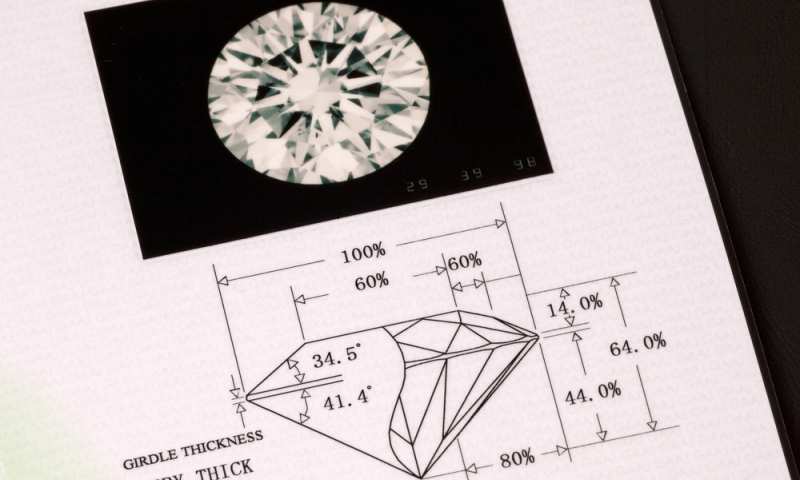
What Is Diamond Certification?
When you purchase a diamond, it is essential to receive a diamond certification or grading report. This document is provided by an unbiased third-party certification entity and provides a detailed description of the diamond.
It is important to note that each certification entity evaluates and grades diamonds in their own unique way, and these differences can have a significant impact. With numerous diamond grading labs in existence, it is crucial to identify the ones that are reputable and trustworthy.
Furthermore, it is worth mentioning that not all diamond grading reports are created equal. The value and price of diamonds cannot be directly compared based on different grading reports.
Therefore, it is highly recommended to purchase a diamond that comes with a grading report from a highly reputable grading lab. Additionally, take the time to carefully examine the stone before making a purchase to ensure its quality meets your expectations.
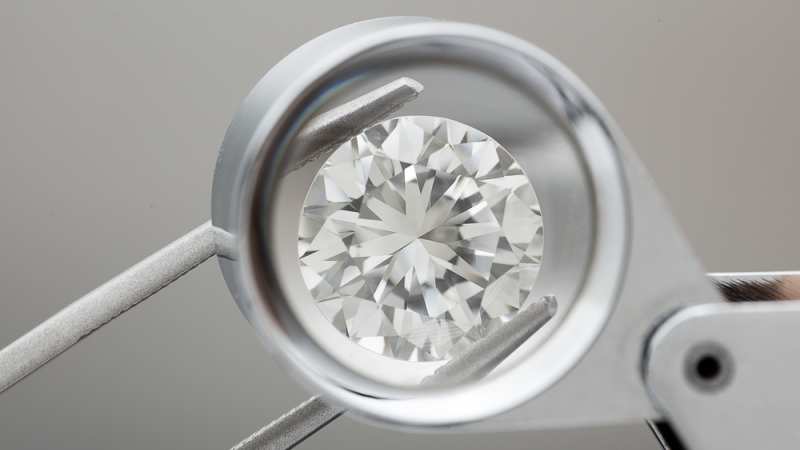
A Review Of Each Diamond Grading Lab
We highly recommend prioritizing GIA certifications as they are the most reputable and reliable in the diamond industry. Other labs worth considering are AGS, GCAL, and HRD, although IGI is still improving its diamond grading process.
Unfortunately, EGLS has experienced a significant decline in market share and credibility. GSI, on the other hand, is a viable choice but may have consistency issues.
Let’s take a closer look at each of these labs and their certifications:
GIA Certification:
The Gemological Institute of America (GIA) is a non-profit organization dedicated to gemstone and jewelry research and education. GIA evaluates and grades various gemstones and offers top-rated diamond grading reports in the industry. They assess diamonds based on factors such as cut grade, carat weight, color grade, clarity grade, and more. It’s worth noting that there have been discussions about the broad criteria for assigning excellent cut grades by GIA, which differs from AGS’s proportion-based method for ideal cut grades.
AGS Certification:
The American Gem Society (AGS) is a membership organization for suppliers, traders, appraisers, and jewelers. AGS has its own grading standards and is a reputable grading entity in the diamond industry. However, AGS may not be as strict as GIA when it comes to diamond clarity grading, resulting in some inconsistencies.
HRD Certification:
HRD Antwerp is owned by the Antwerp World Diamond Center and represents the Belgian diamond industry. HRD follows grading methods set by the International Diamond Council and has standards similar to GIA. However, there can be some inconsistency with HRD’s grading of diamond clarity and color.
IGI Certification:
The International Gemological Institute (IGI) is one of the largest diamond grading labs in the world, with branches across the globe. IGI uses slightly different criteria for grading diamonds in different countries, which can lead to grade inconsistencies. Overall, IGI is considered less strict than GIA.
GSI Certification:
Gemological Science International (GSI) primarily grades diamonds for large chain retailers and has expanded its services worldwide. GSI tends to grade diamonds faster than GIA and AGS, but there can be grade inconsistencies. It is important to seek professional opinions when evaluating GSI certified diamonds.
EGL Certification:
The European Gemological Laboratory (EGL) has lost much of its credibility in the diamond industry. Currently, we do not recommend relying solely on their diamond grading reports due to their inconsistency. EGL is undergoing reorganization, and their certifications are not accepted on platforms like RapNet.
In summary, prioritize GIA certifications due to their reputation and reliability. However, each diamond is unique, so it is crucial to evaluate diamonds individually and seek professional advice when necessary.
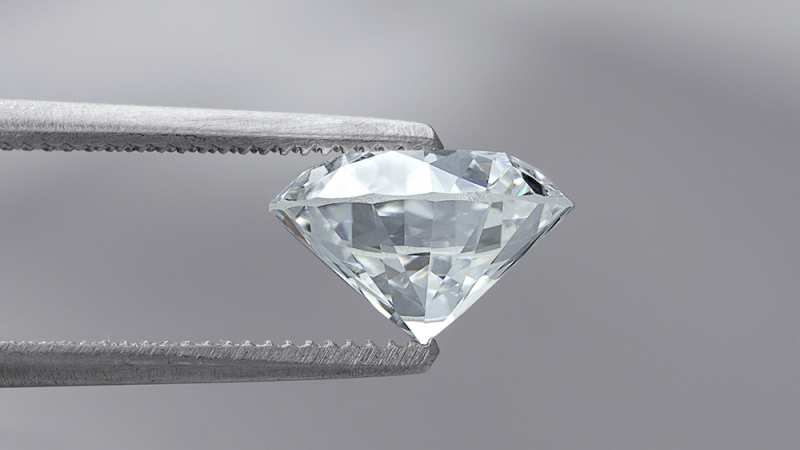
How Are Diamonds Certified?
To make an informed decision on diamond certifications, it is crucial to understand the grading process used by different entities.
The major grading labs follow similar methods, involving independent evaluation of cut, carat, color, and clarity by graduate gemologists. Final grades are determined after considering all factors, aiming to minimize errors but not completely eliminating them.
Inconsistencies in diamond grading processes exist among labs, especially when a stricter lab reevaluates a stone. However, the dominance of GIA and AGS is attributed to their consistent and accurate grading. Sending a diamond to either of these labs would likely yield similar results without significant discrepancies.
It’s important to note that slight differences in grading are acceptable within the industry.
The organizational structure of the lab plays a role in grading objectivity. GIA, as a non-profit organization, is known for its objective grading. Other labs, driven by profit motives and customer orientation, may exhibit an imbalance in grading results, often providing slightly higher grades to satisfy customers.
If you encounter diamonds with similar grades from different labs but at a lower price than GIA-graded stones, be cautious. The lower-priced diamond may indicate lower quality.
From a buyer’s perspective, the diamond grading report is crucial when shopping for diamonds. While there are many grading labs worldwide, it is recommended to purchase a stone graded by GIA or AGS for the best and safest choice.
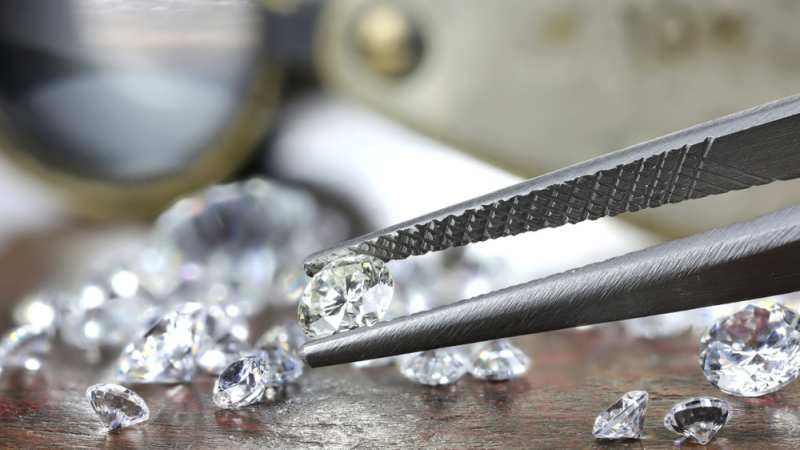
Deeper Dive Into GIA And AGS Grading Methods
Let’s take a closer look at the grading methods used by GIA and AGS.
GIA Diamond Cut Grading System
GIA’s diamond cut grading system is considered a significant innovation in the diamond industry. It serves as the standard for grading all diamonds and gemstones uniformly.
While the 4Cs (color, clarity, cut, carat weight) and other grading methods were already known, the need for a consistent grading system led to the development of GIA’s diamond cut grading system.
Today, GIA’s 4C diamond grading system is widely used and accepted as the standard in the industry.
The system considers various factors such as color, clarity, cut, polish, and finish when assigning grades to a diamond. After evaluation, a diamond can receive one of five grades from GIA:
- Excellent Grade
- Very Good Grade
- Good Grade
- Fair Grade
- Poor Grade
In addition to the mentioned features, GIA evaluates brilliance, scintillation, length-to-width ratio, and symmetry.
AGS Proportion-Based Cut Grade System
The AGS proportion-based cut grading system is a strong contender to GIA’s grading system and aims to become the standard in the diamond industry.
Interestingly, both AGS and GIA were founded by Robert Shipley. However, differences in specific parameters and grading methodology led to the establishment of AGS as a separate organization with its own laboratory and grading system.
Unlike GIA’s overall designation based on multiple factors, AGS’s proportion-based grading system considers cut, color, and clarity. Each factor is assigned a level from 0 to 10, with “0” representing the best grade and “10” the worst.
For example, a diamond that receives three 0s has been cut perfectly, exhibits ideal proportion and symmetry, and possesses flawless polish. These stones must also demonstrate exceptional light performance.
Both GIA and AGS provide valuable grading systems, and the choice between them ultimately depends on individual preferences and priorities when selecting a diamond.
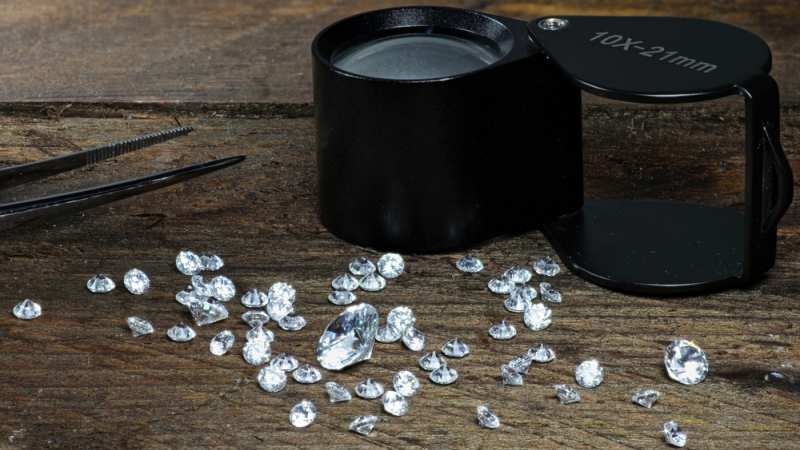
Bottom Line
So, which diamond certification is considered the best?
Among the various diamond grading entities with their own grading systems, the most reputable and trustworthy ones are the Gemological Institute of America (GIA) and the American Gem Society (AGS).
When you’re shopping for diamonds, it’s highly recommended to choose a stone accompanied by either GIA or AGS certification. These certifications provide assurance and credibility in the grading of the diamond.
In addition to relying on certifications, it’s important to personally examine the stone before making a purchase. If you have any doubts or questions, don’t hesitate to seek assistance from professional gemologists who can provide expert guidance and advice.


